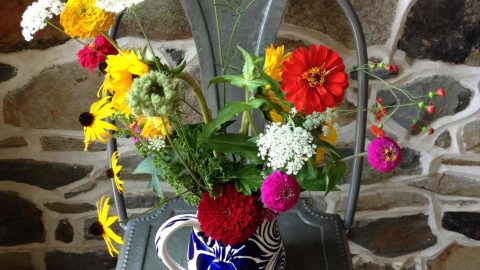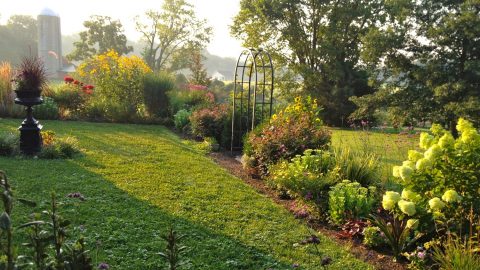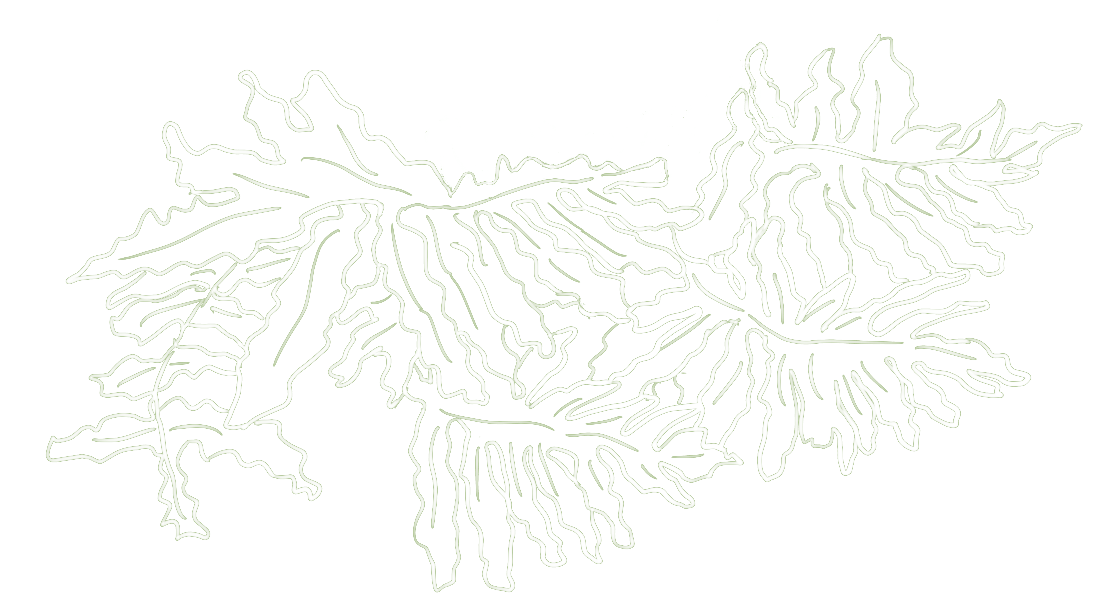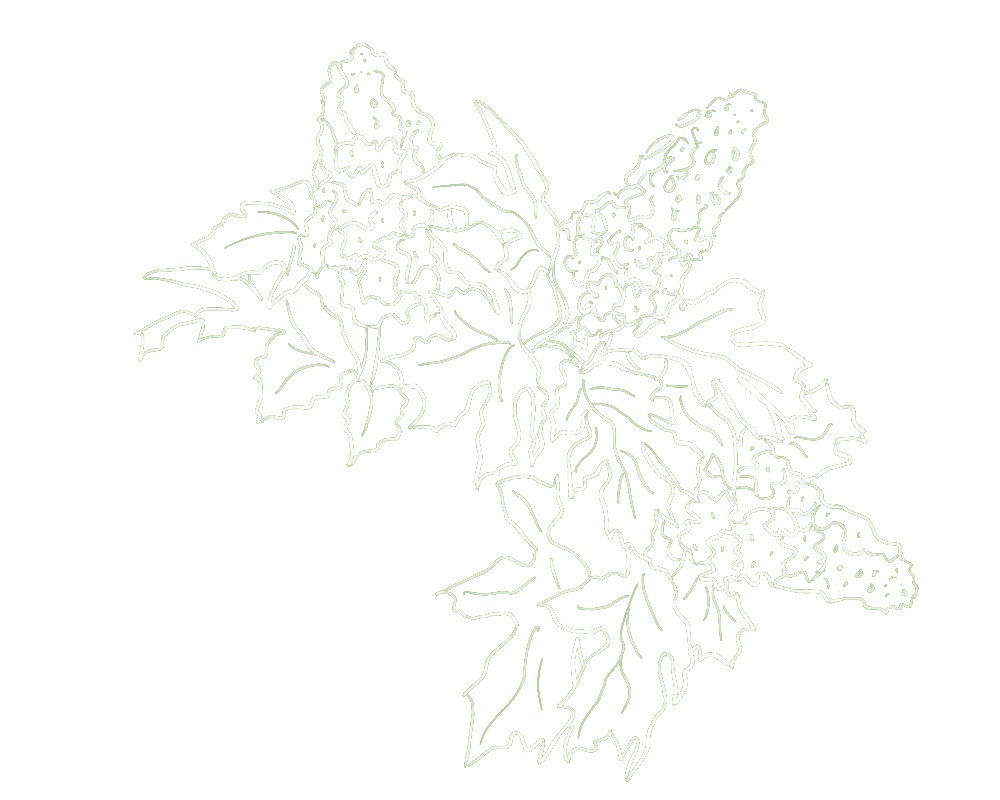Call it post-election musings, but I’ve been thinking a lot about unity and variety, two essential principles of landscape design.
Design textbooks state that unity is the most fundamental design principle of all. It denotes a sense of overarching wholeness, without which a design simply doesn’t work. Unity is not the same as uniformity. Rather, it’s the big idea or concept underlying the design that makes the total greater than the sum of its parts.
If unity is the yin, then variety is its yang. There’s a reason we say that variety is the spice of life. In the landscape, variety is often provided through contrasting shapes or colors or textures in both hardscape and softscape elements. A great landscape design finds a way to elegantly balance both principles, so that the landscape feels cohesive but also provides enough diversity to keep things interesting.
Over the years, the balance in my own garden has tipped toward too much variety and not enough unity. That’s because I really, really love plants. I tend to think there are few better uses of my time than heading to the largest nursery I can find and spending hours admiring all of the different plants for sale.
If you’re a plant enthusiast like me, I know you can relate. Don’t have the space for that large specimen tree or the conditions for successfully growing succulents? Doesn’t matter. We’re going to get excited just looking at them. And more often than we care to admit, we’re going to go ahead and purchase some of them, knowing full well that we probably don’t have room for them . . . or that they don’t really “go” with the rest of the garden . . . and that we’ll likely kill some of the poor things before the growing season ends. It’s an expensive but surprisingly common garden addiction.
Thankfully, there are some great design solutions that can help unify a plant collection that is threatening to (or already has) run amok. Some are fairly straightforward: Repeat certain plants throughout the garden. Pick a color palette and stick to it. Create a strong structure (such as an evergreen hedge). Be consistent in your use of hardscape materials throughout the landscape.
Other design strategies are more subtle, but can be surprisingly effective. For example, the “right plant, right place” approach to planting design focuses on matching plants to their preferred site conditions in order to reduce maintenance and enhance survivability. But it turns out there’s an aesthetic component too.
Plants that enjoy the same growing conditions typically share some common characteristics — like large, lush leaves in wet, fertile environments or small silvery leaves in hot, dry ones. Even where there’s plenty of variety among the individual plants, the similarities inherent in a “right plant, right place” garden will help create a sense of unity that holds the entire landscape together. (The Silver Collection in Longwood Garden’s conservatory, shown above, beautifully proves this point.)
And then there’s my personal favorite, the design concept that strengthens the emotional connection between the gardener and the garden. One of my current projects involves designing a landscape with a talented musician (and gardener) who is exploring new forms of music. There are lots of cool similarities between music- and garden-making, not the least of which is the strong emotional response that both can evoke. In my client’s case, we’re working on a garden of “rhythm and blues” that combines rhythmic elements (such as vertical accents and swaying grasses) with blue plants that highlight a blue pool.
In a world with so many hardscape and plant options to choose from, finding a unifying principle can be hard. But it’s a critical part of a great design. Unity is what makes things hang together – and keeps them from falling apart.
Tags: garden design principles landscape design principles variety and unity design principles











